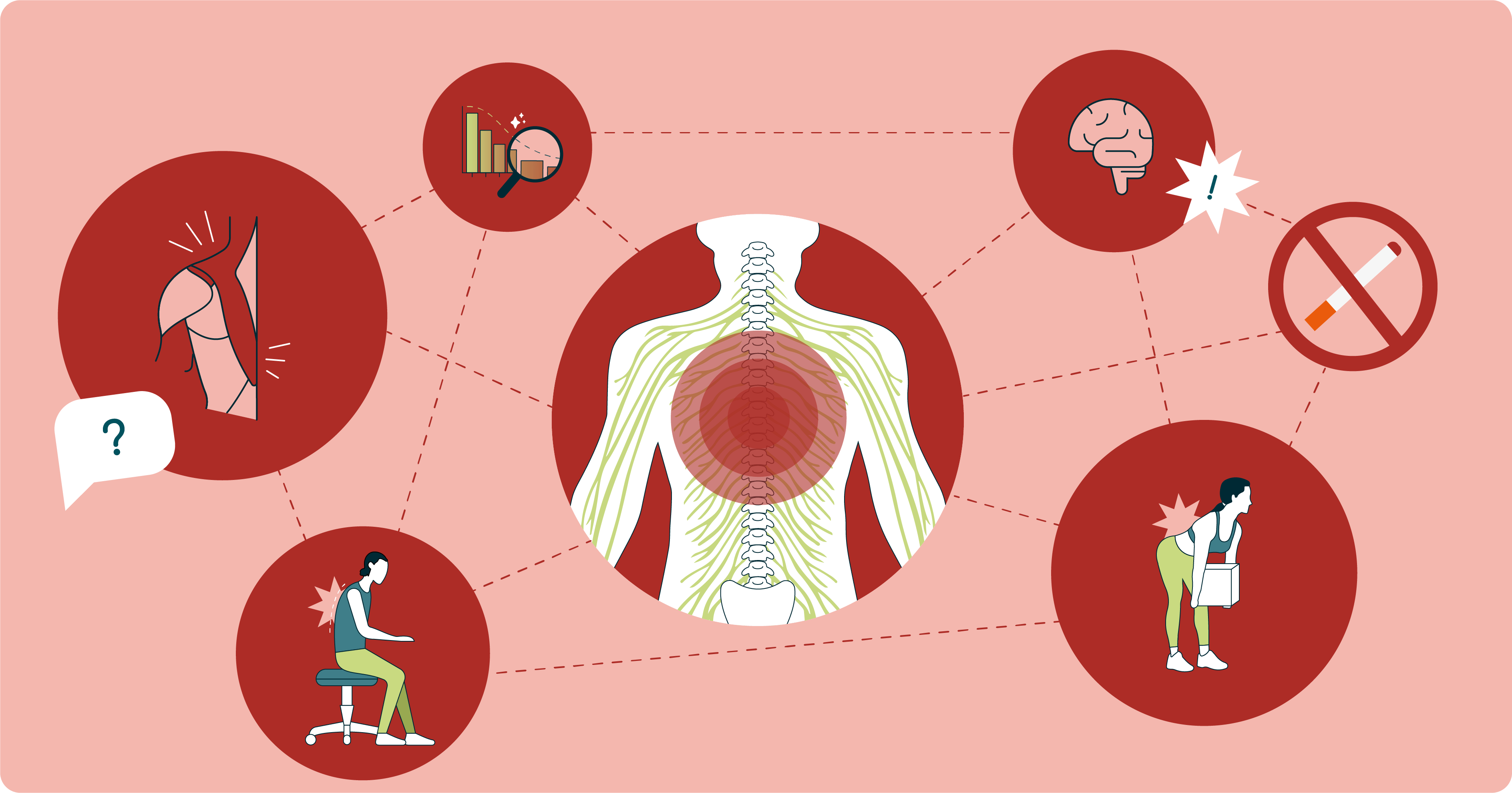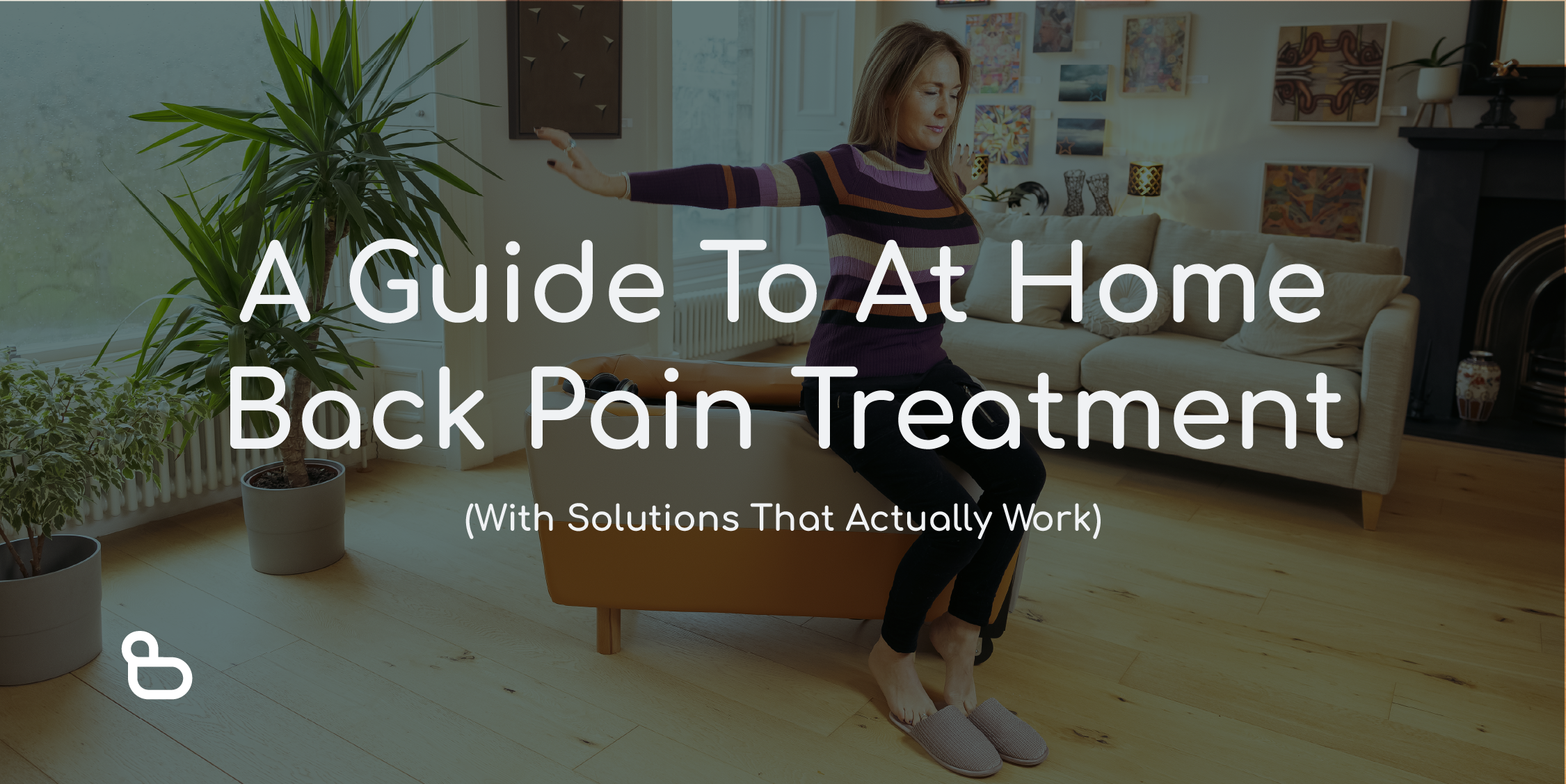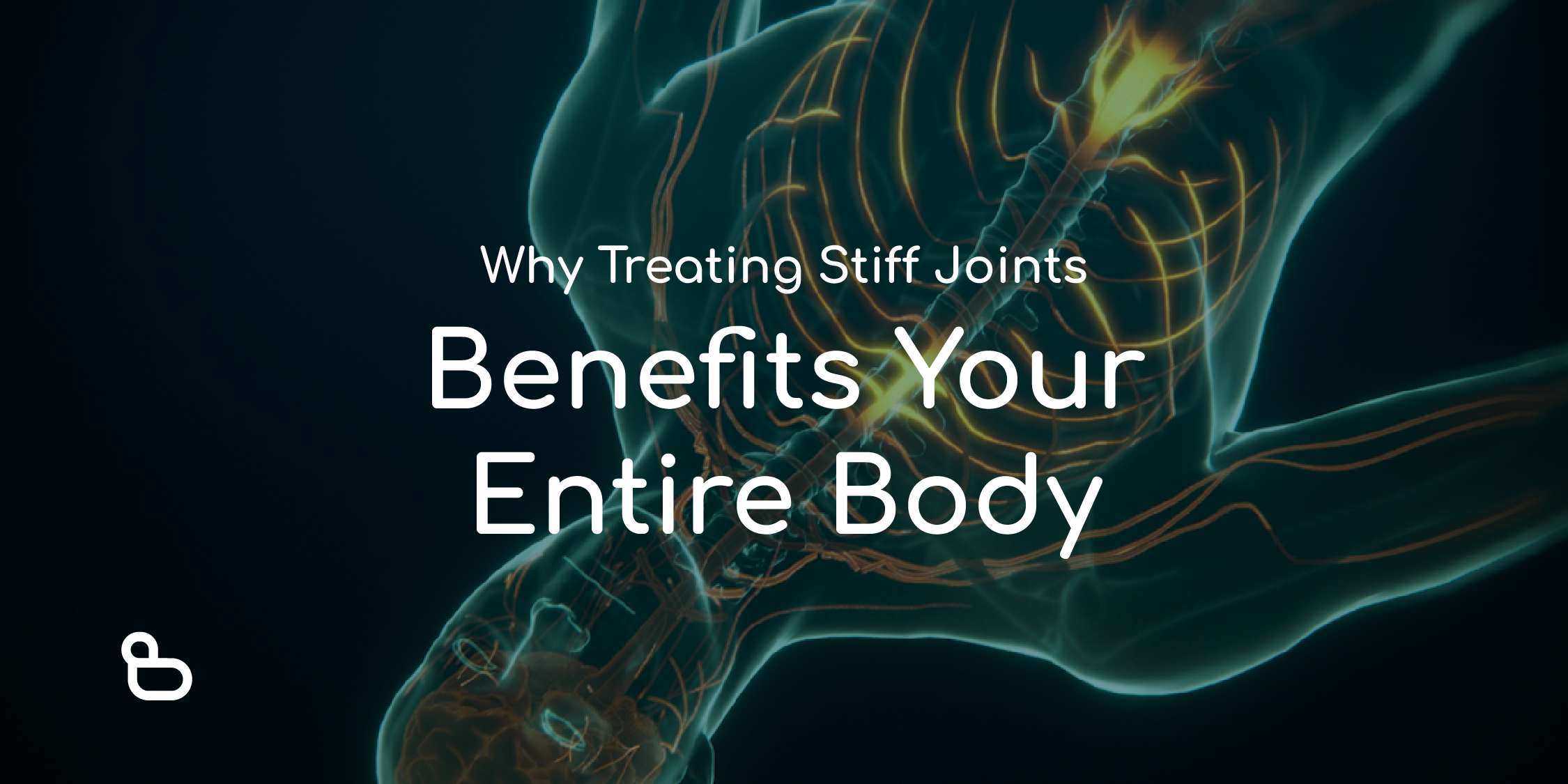Lower Back Pain: A Global Burden
Back Pain knows no borders and, according to the World Health Organisation (WHO), Lower Back Pain (LBP) is the leading cause of disability worldwide; in 2020 it was reported that 619 million people suffered from lower back pain, and that number is expected to rise to 843 million by 2050. That's a 36.4% rise and, according to a study funded by the Bill and Melinda Gates foundation, it is projected that the highest increases will be in Asia and Africa in the years to come, so we need more affordable, convenient and effective solutions to help the world cope with the burden of back pain - if people want manual practitioners, they will be waiting a long time.
Yet, despite the strides in technology and medicine, back care is often ignored when it comes to policy and innovation, which begs the question: why?
What's The Cost?
- With LBP being the leading cause of disability worldwide and the leading cause of employee absenteeism, it leads to obvious financial burdens on both individuals and societies with healthcare providers dealing with lower back pain cases ranging from “ouch” to immobile.
- To get a better idea of the impact, studies conducted across the globe—from Argentina to China—have found hospitalisation rates hitting 13.4% to 18.7% which comes with the hefty price tag of US$2.2 billion annually for the population and a whopping US$1226.25 per patient, making LBP not just a backache but a billion-dollar challenge crying out for innovative solutions
So, What Am I Looking Out For?
Back Pain doesn't announce its arrival with fanfare; it’s a silent assassin that strikes without warning. Manifesting as twinges, spasms, or aches, it starts subtly but can escalate into a full-blown crisis if ignored.
Before we get into it, since we are mostly focusing on lower back pain, it is important to point out that it comes in two different varieties: specific and non-specific.
Specific LBP is pain that is caused by a certain disease or structural problem in the spine, or when the pain radiates from another part of the body.
Non-specific LBP is when it isn’t possible to identify a specific disease or structural reason to explain the pain. LBP is non-specific in about 90% of cases.
A Guide To Identifying Back Pain
Have you ever watched a film where a group of submariners are watching the radar screen as it tries to locate nearby objects? There is a constant beep and then, when something comes near, it beeps a bit differently and everyone goes to their stations to address the new reality. Unfortunately, there isn’t any such device for locating new symptoms of back pain so you need to become your own detection system.
(some) Signs:
Here are some common early signs of lower back pain to look out for to help you tune your pain-dar:
- Increased pain when lifting or bending
- Consistent pain when resting
- Stiffness in the morning
- Numbness or pins and needles in legs and feet
- Aches and pains around the back that come and go
- Pain that radiates from the back into your buttocks, hips, or legs (like sciatica, XYZ)
(some) Causes:
There is of course no one singular cause of back pain: it can come on suddenly or be the amalgamation of many health misdemeanours. Here are the prime suspects:
- Injury: Sprains, strains, diseases, herniated discs, among other conditions are all common causes of back pain.
- Sedentary Lifestyle: Not getting enough exercises weakens muscles and unused muscles around the back and abdomen increase the burden on the back, increasing risk of back pain.
- Smoking: Smokers have a much increased chance of getting back pain, this is partially due to coughing, which can cause herniated disks, but also the decreased blood flow that comes as a result of smoking means less blood is getting to the spine, which increases chances of osteoporosis.
- Age: We don’t like saying that age is a factor because we believe that age is just a number and not an illness. However, there is no denying that throughout our lives, our bodies change: our muscle mass decreases, and our bones, discs and ligaments in the spine can naturally weaken as we get older if we don’t incorporate some strength movement into our routine.
- Improper Lifting: The age-old advice of “lift with your legs, not your back” is true, and this is because lifting with your back puts a huge amount of strain on your joints and muscles which leads to an increased risk of back pain.
- Psychological: stress, anxiety and depression can increase tension in your body, which can put you at a greater risk of developing back pain.
You can learn more about signs, symptoms and causes here
Long-Term Impact
If you are living with back pain, chances are you’ve noticed how much it has changed the way you live: your walking may be slower, it takes you longer to get up and move, you might struggle sitting for long times, you can’t drive as easily, and it has an exhaustive impact on your sleep. But, it’s not all doom and gloom: there is plenty you can do to manage your back pain.
"Don't Panic!"
Back pain is not the end. It is, for the most part, manageable and you can still very much lead an active and healthy life. However, it does require some work and the adoption of some healthy habits, so what can you do to get back to your best?
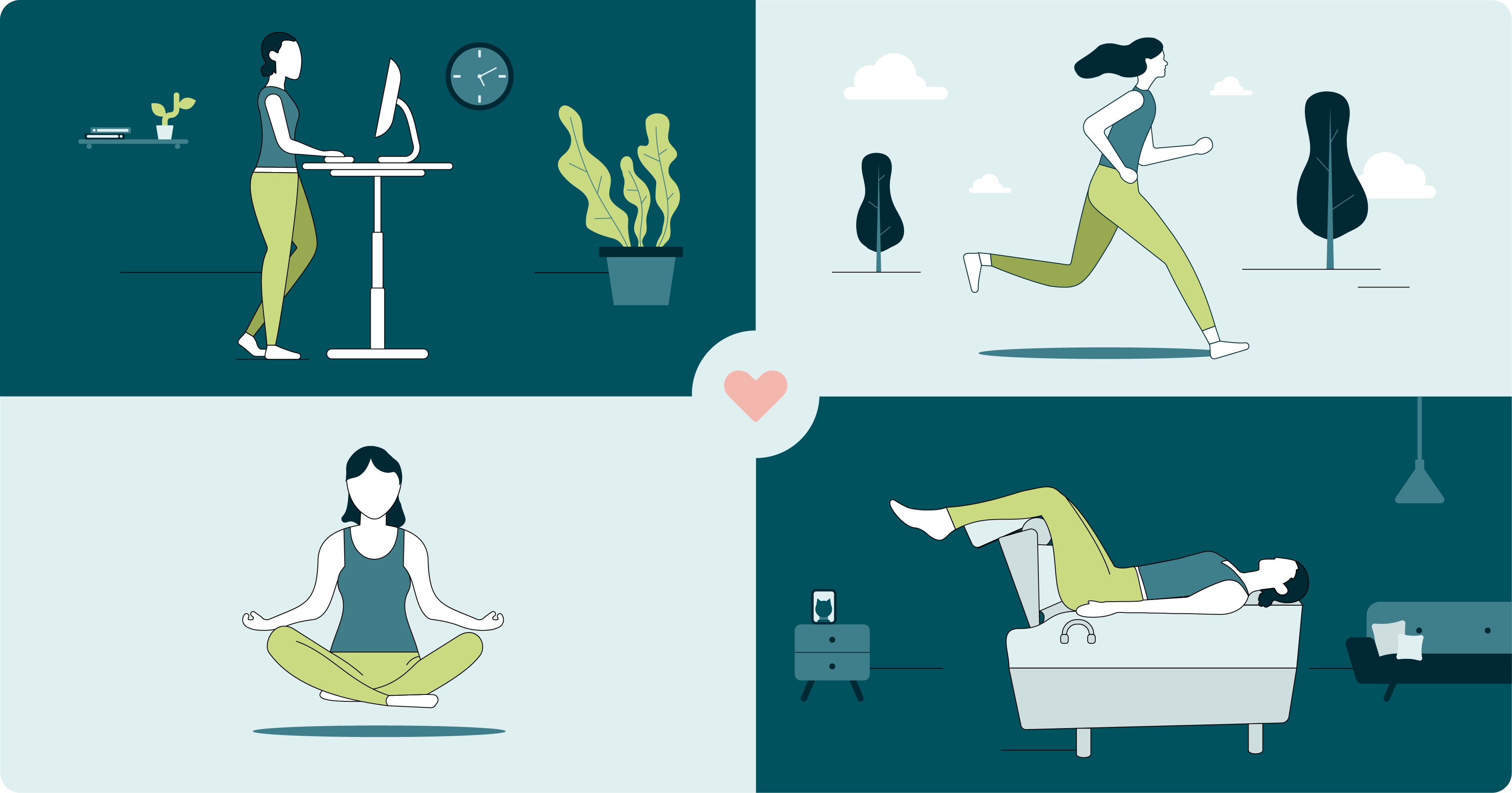
Your Toolkit For Fighting Back Pain
There are plenty of things you can start doing today to improve the symptoms of back pain.
- Self-Care: General self-care over your daily routine can make a big impact on how you feel: meditation, stretches and staying hydrated are just some of the ways you can shake things up to give your mind and body some TLC.
- Ergonomic Workspace: Ergonomic design is becoming a hot topic in the world of pain reduction, especially now people are working from home, where their set-up is up to them. Investing in a good desk and chair (even better if you go for a standing desk and forgo the chair altogether since sitting is the least relaxing position for our body to be in).
- Exercise: Of course exercise helps, doesn’t it help everything? For back pain, try boxing, swimming or jogging, as these sports tend to keep the back and shoulders moving.
- BackHug: A device that uses a physiotherapy-derived joint mobilisation technique to reduce tension in your back. You can use it whenever you need it and it costs less than two appointments at a traditional physiotherapist clinic.
As with anything that happens in your life, it’s best to learn as much about it as you can - a combination of good habits works better than one single change - so you can reduce the negative impact and enhance the positives by working to create healthy habits.
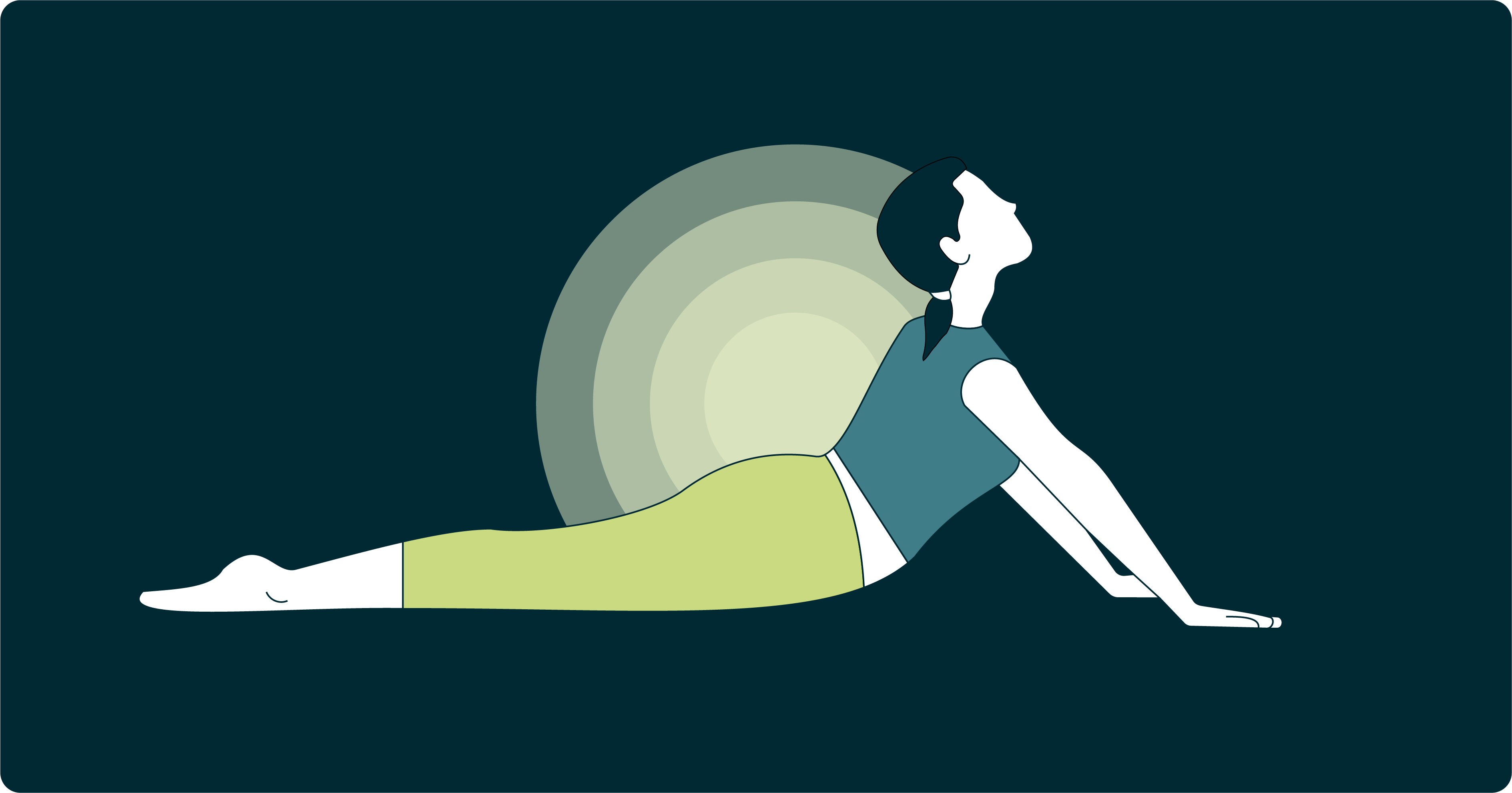 All Quiet On The Lower Back
All Quiet On The Lower Back
One thing is clear and that is that back pain isn’t going away any time soon and is actually projected to become more of an issue across the globe so accessible and affordable back care for the masses is an absolute must.
But, how do we get there? Well, with this intel, hopefully you now feel better equipped to either a) be on the lookout for early signs of LBP so you can combat them early, or b) you struggle with back pain already and now feel confident that you can go away, make some lifestyle changes and maybe sign up for BackHug so you can reduce pain by an average of 51% in the comfort of your own home - no appointments or travel needed!
